From real-time market signals to device-level execution... optimize your energy use, reduce emissions, and unlock new revenue.




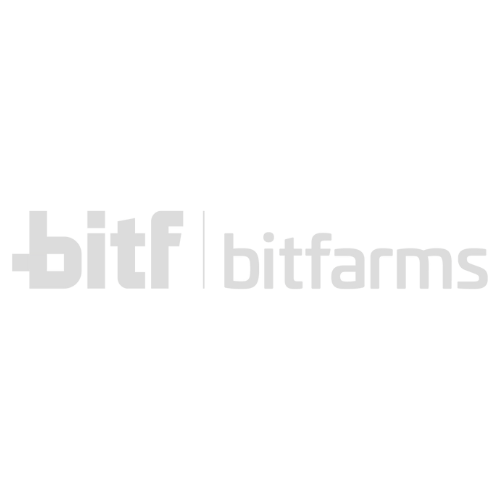

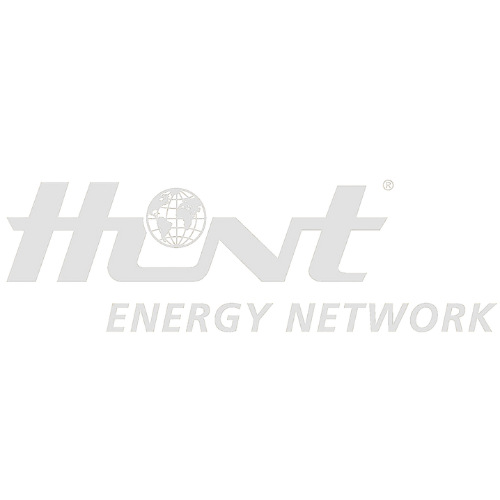
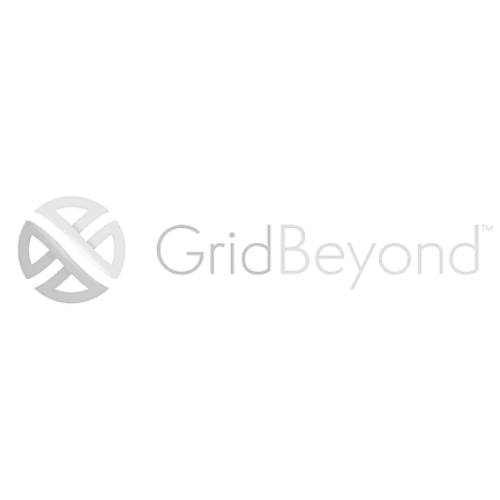













20,000+ Grid Nodes Globally | Integrated with ALL major QSE/CSP | 500+ MW Under Management

Market, emissions, and reliability data from 9 different markets across 20,000+ grid nodes.

Custom rule-based and AI-powered logic for flexible operations and grid response.
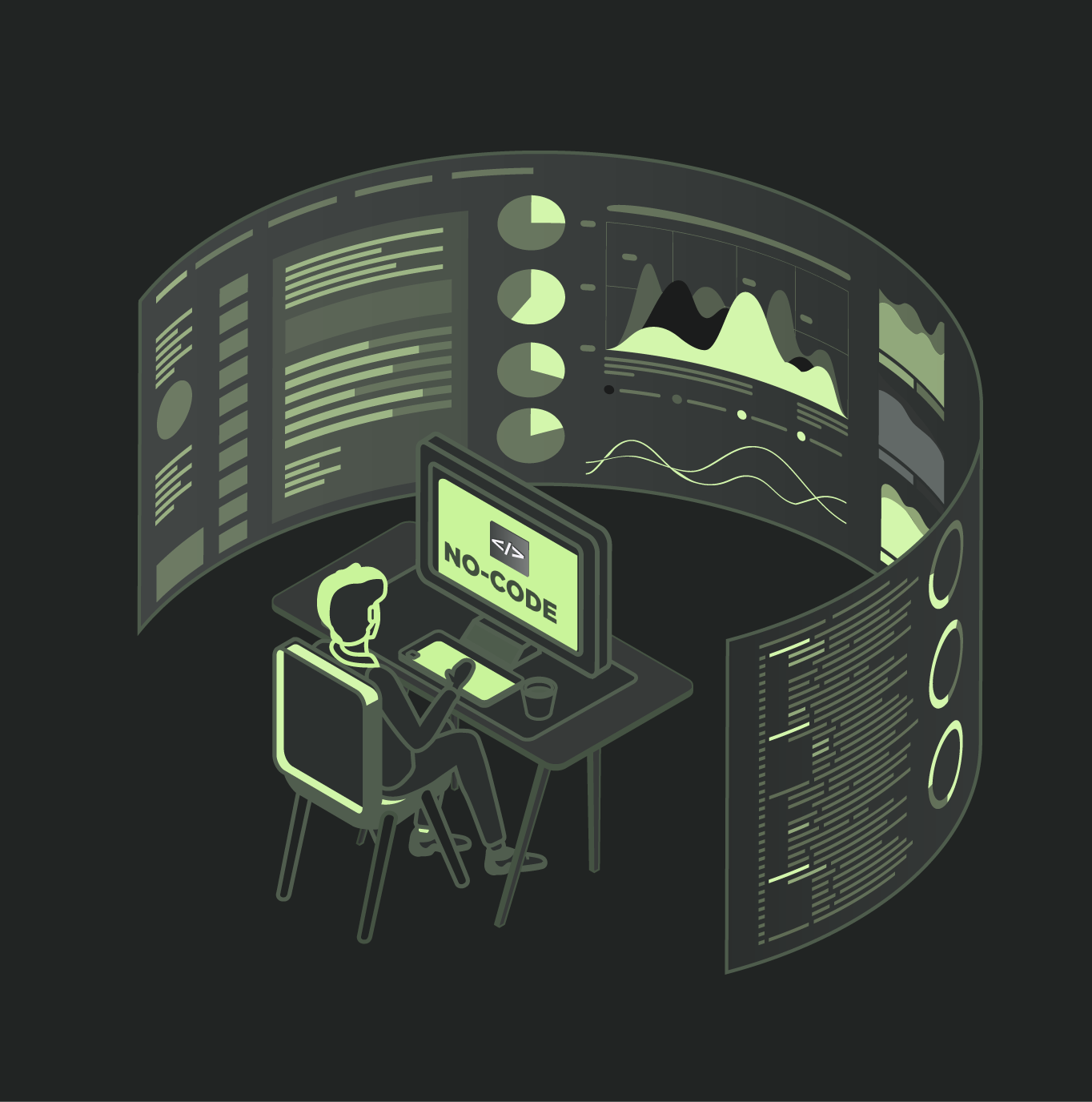
Direct control over ASICs, GPUs, and more, all from a single platform.

Automate, stack, and co-optimize curtailment strategy to maximize profit margins.

Route compute workloads based on grid conditions to unlock capacity, reduce emissions, and lower costs while staying compliant.

Orchestrate the flow of energy into the energy infrastructure in real-time to ensure availability and SLAs while reducing emissions and lowering energy costs. .
"Before LōD, we were reactive every time the grid spiked. Now we have alerts ahead of time, automation built in, and way less stress during peak events."
.png)

"LōD offers the most robust automation. Now we ramp down faster and ramp up smarter."
.png)

“Downtime was reduced significantly with LōD. It’s great for small-to-midsize data centers. And it’s built with customers in mind!”
.png)


.svg)


